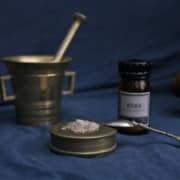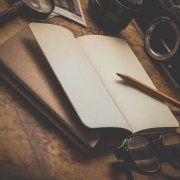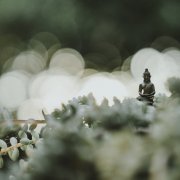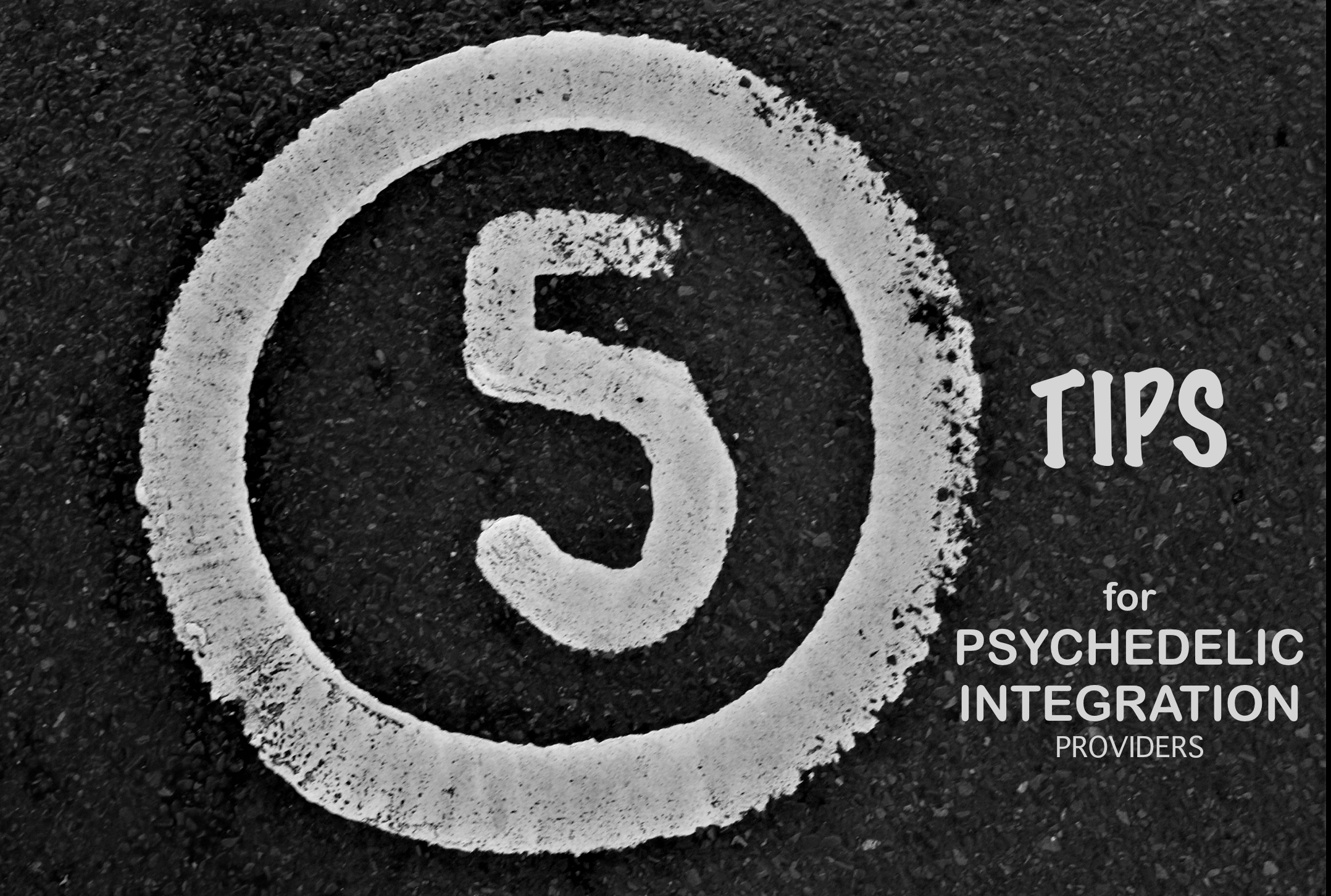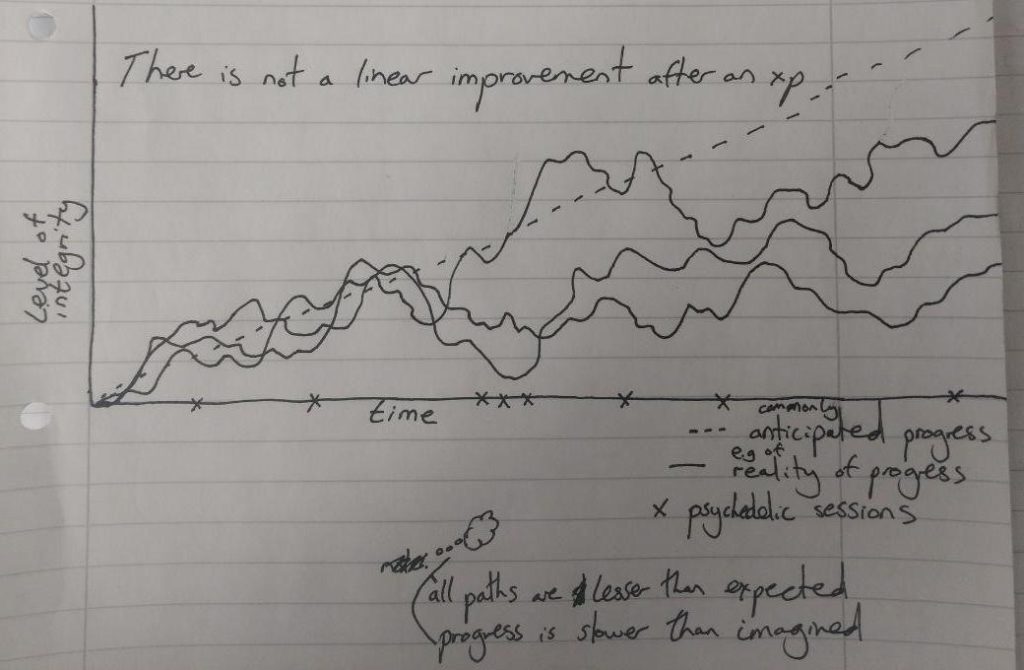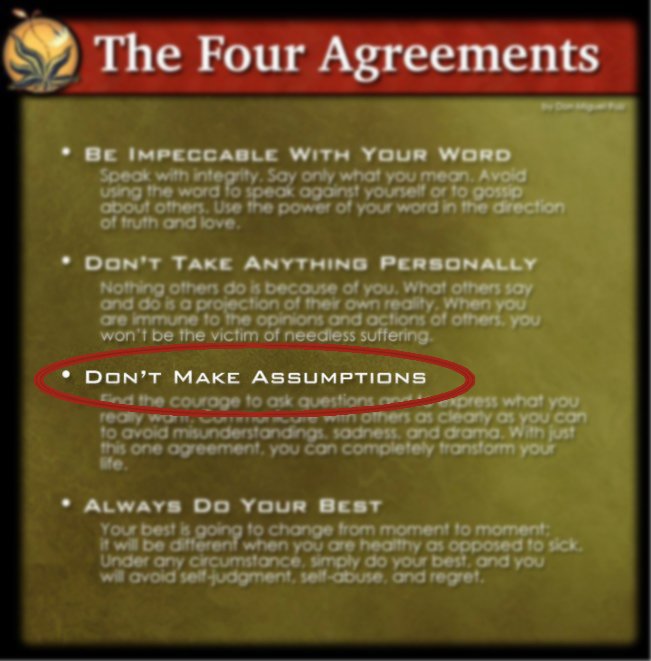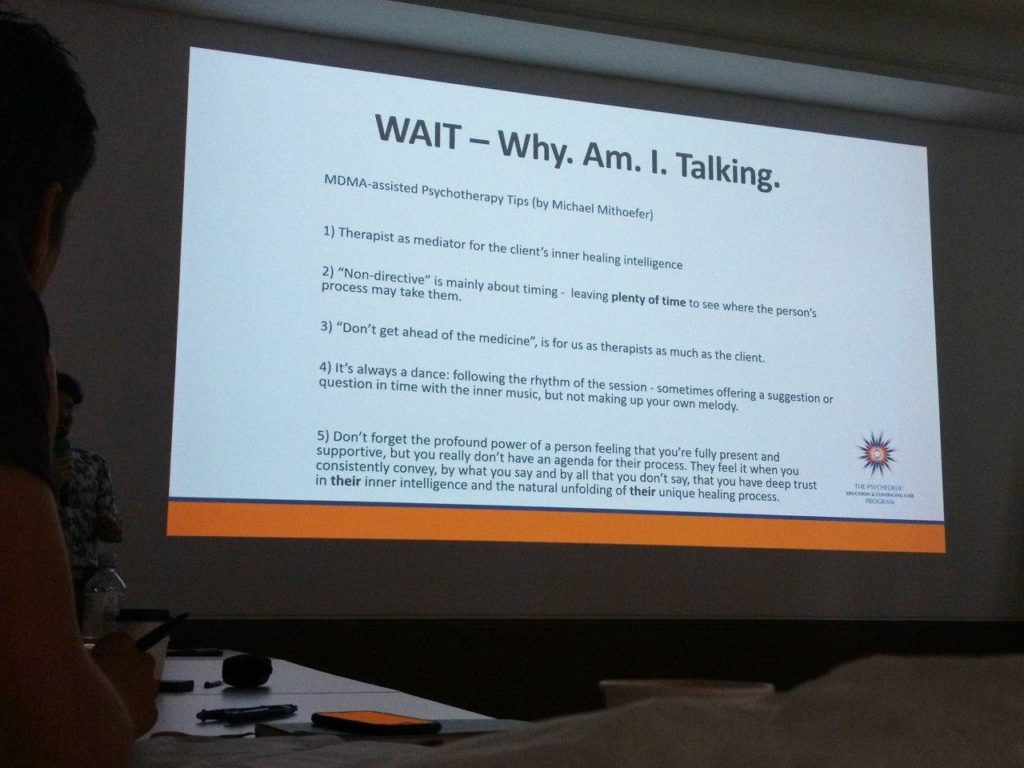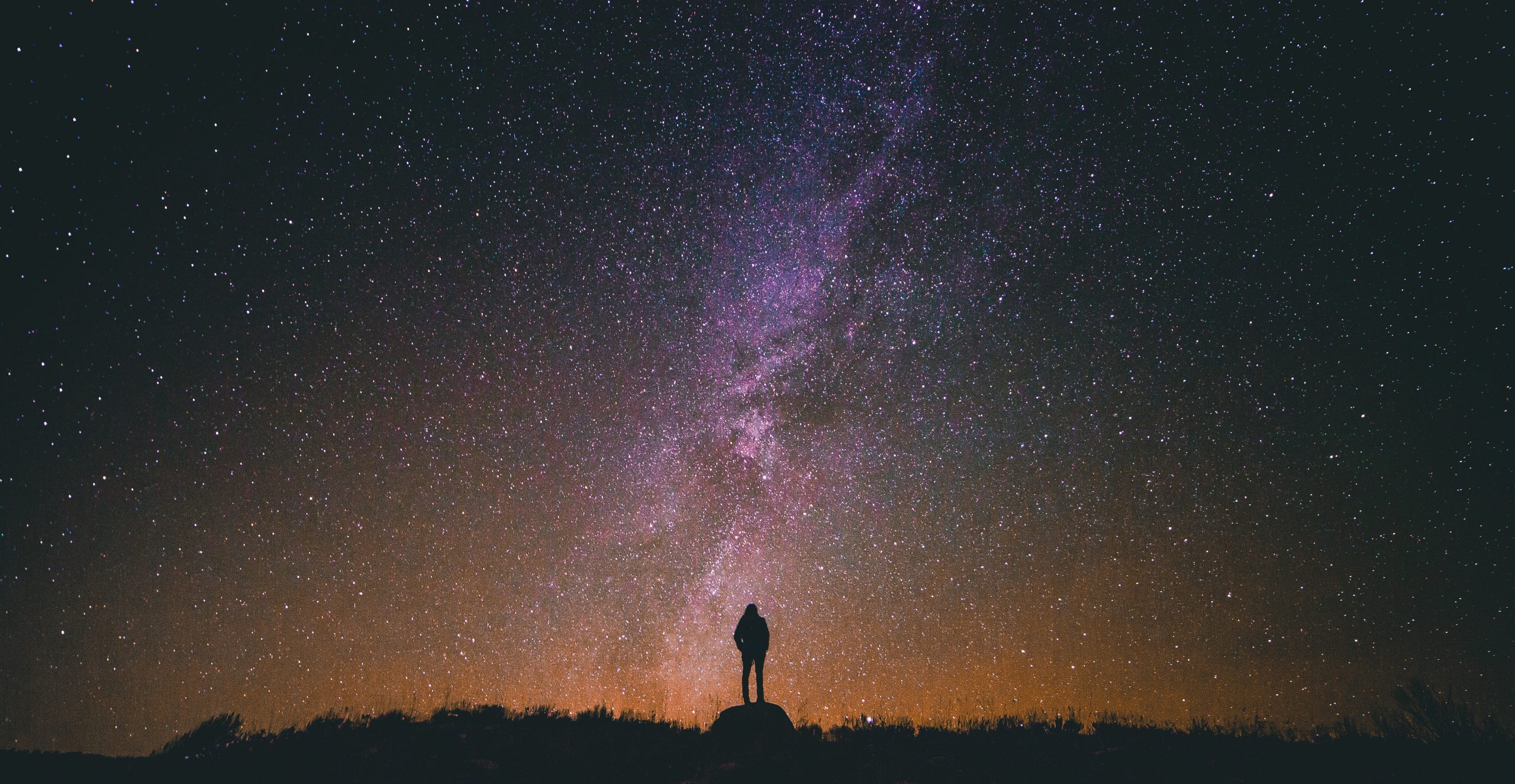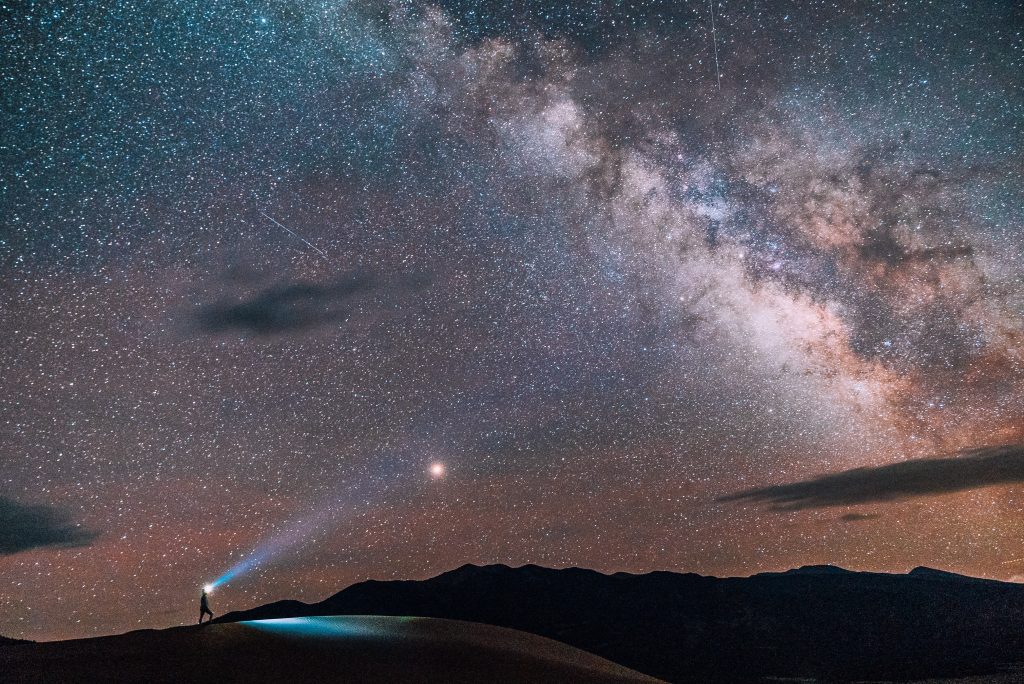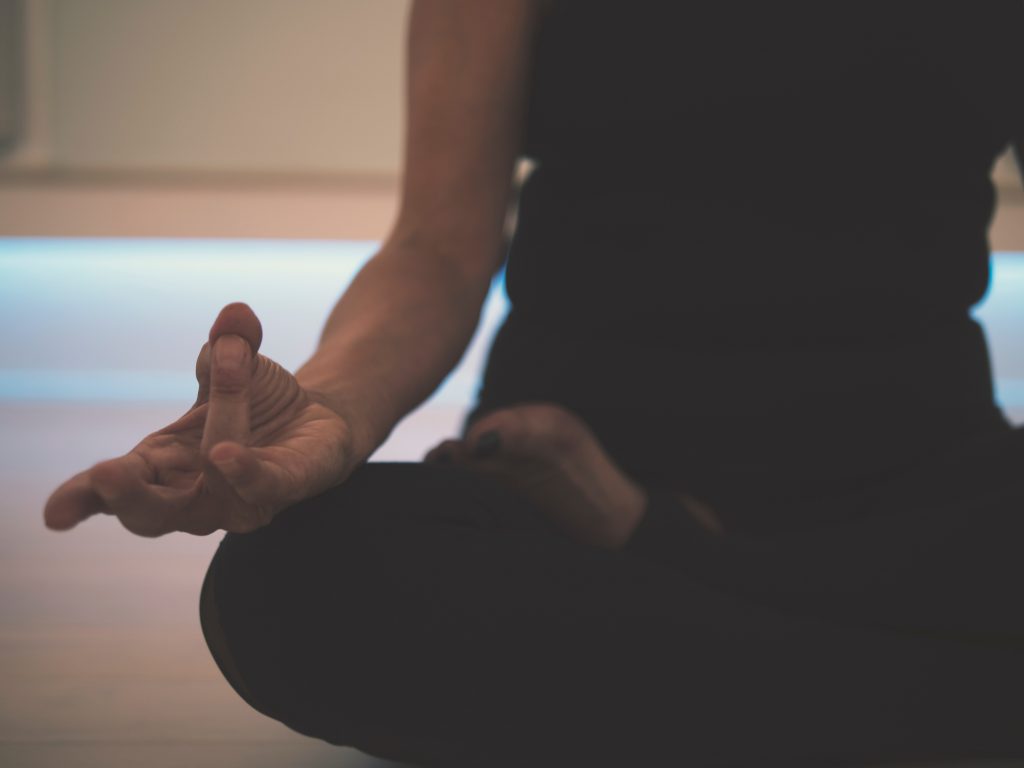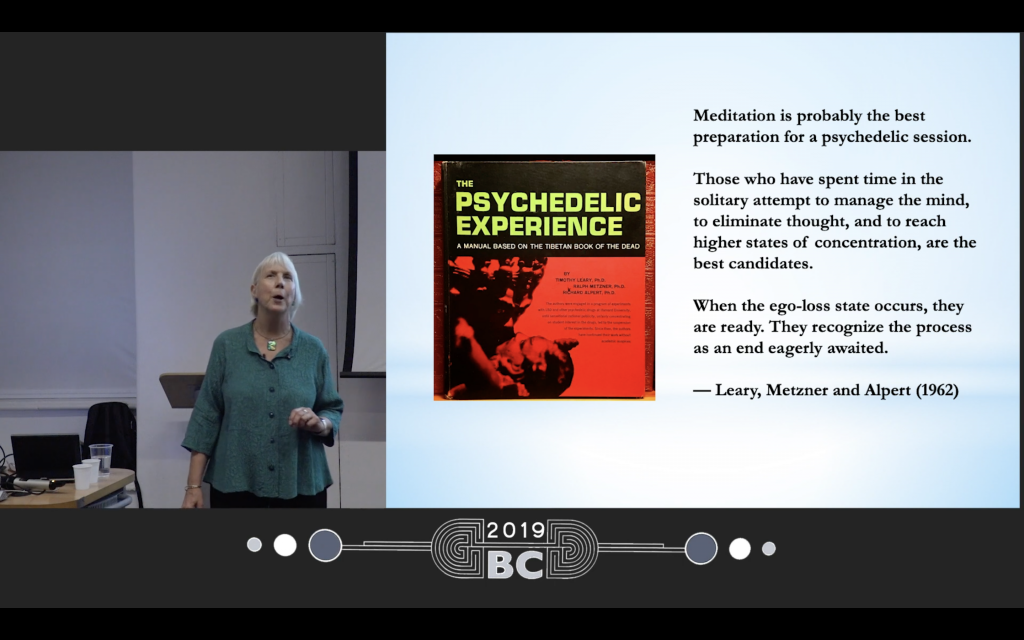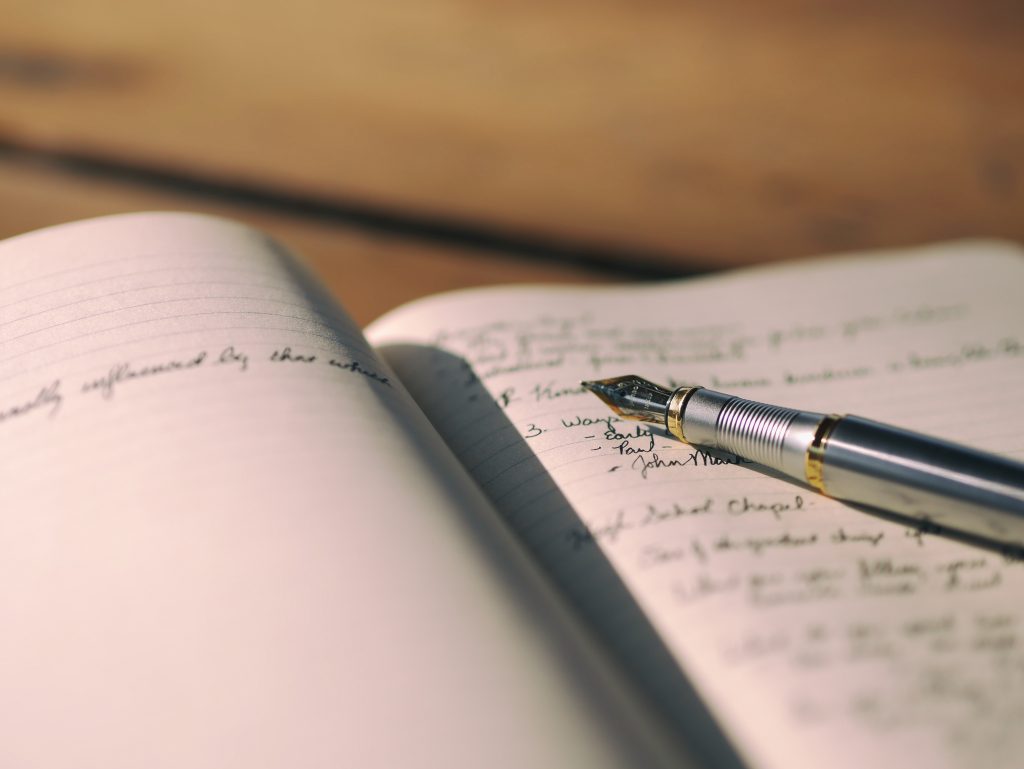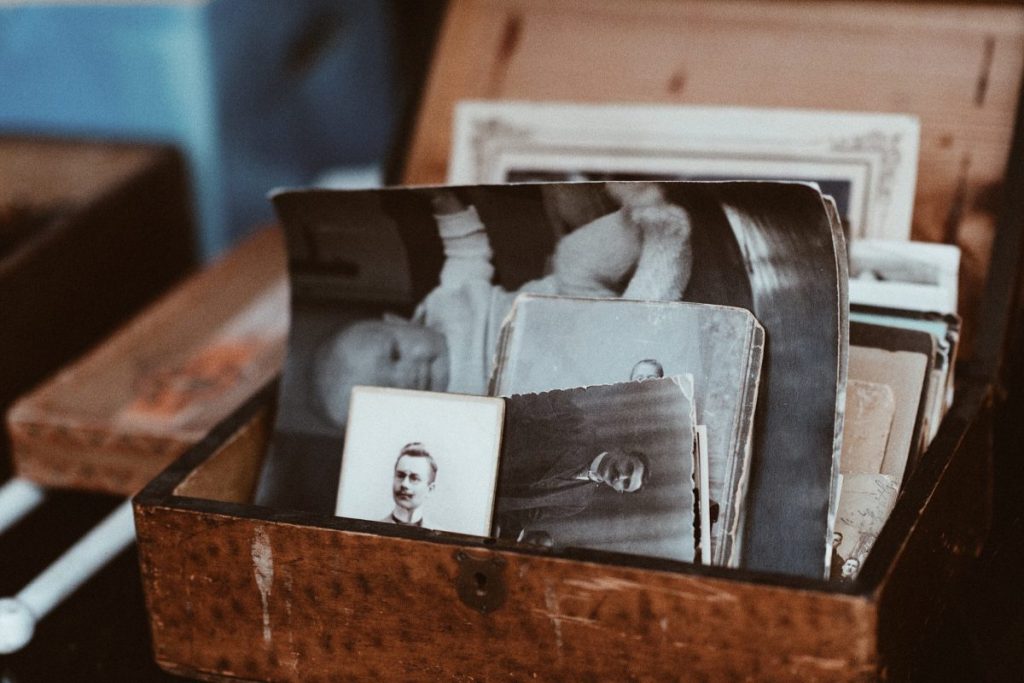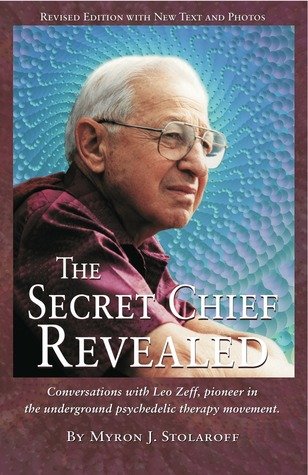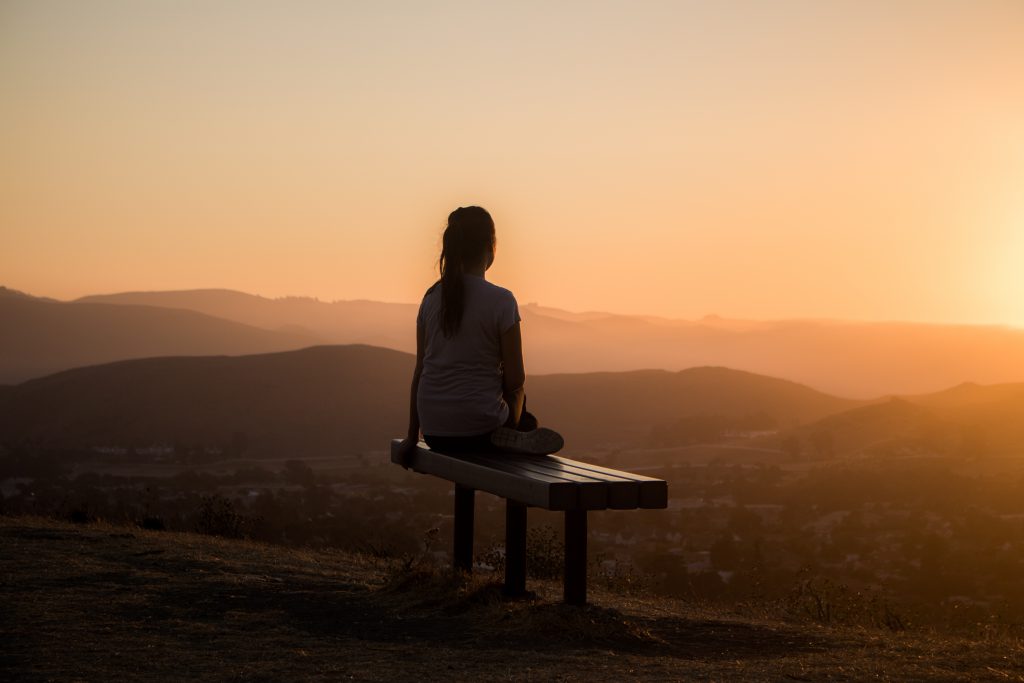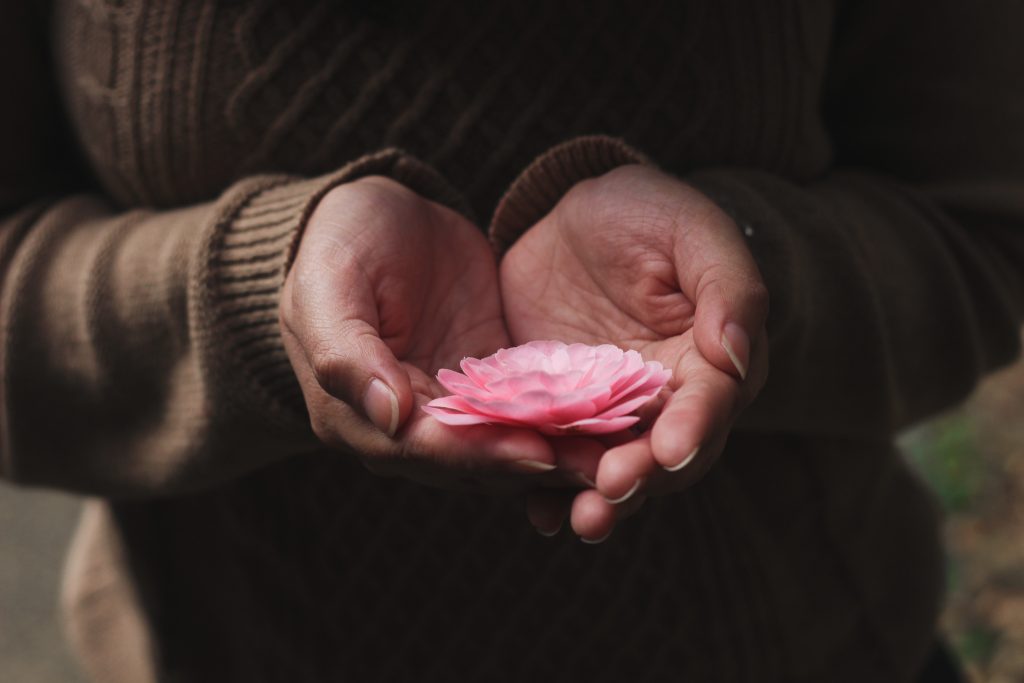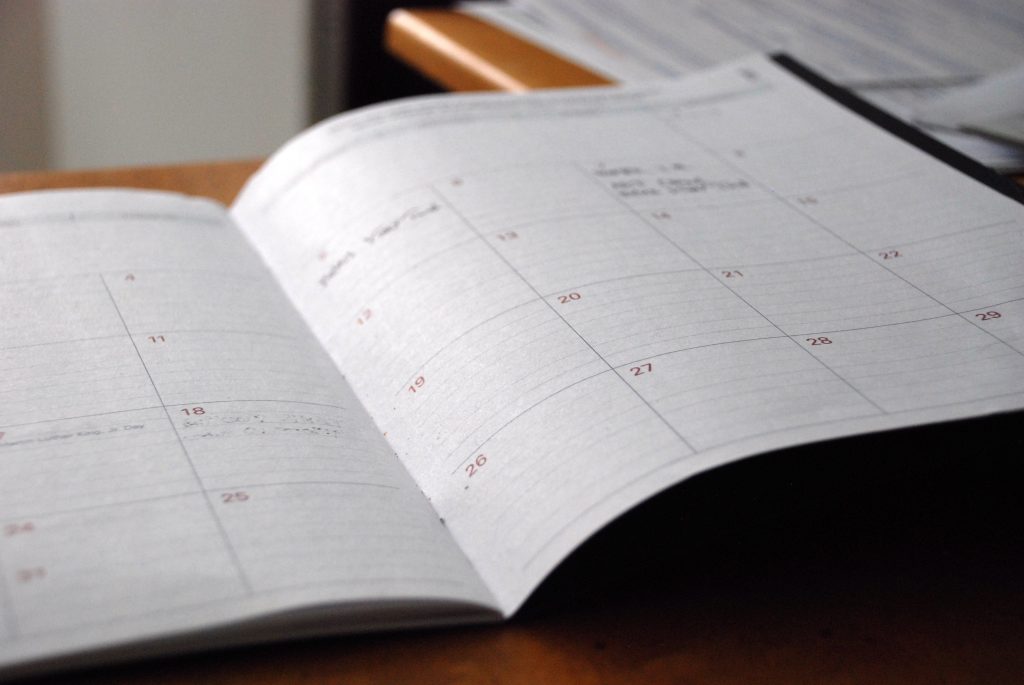MDMA is a drug that can change the world.
If used wisely, it’s a substance that can help heal trauma, actively improve relationships, fire up creative inspiration, and just have a really great time.
It also serves as a great entry point for psychonauts wanting to explore altered states because it’s tremendously easy to have a good time. This opens the door to deeper experiences in the corridors of consciousness and widening worldviews.
I’ve enjoyed and benefited from taking MDMA for a number of years. It has also been popping up in my field more recently and I see it’s time to shine coming to the forefront. So I’ve decided to write a short series on the wonder drug that made it into Shulgin’s magic dozen this month on the blog.
We’ll be exploring different modes of use, supplements, and concert experiences, and combining with classic psychedelics.
But today I’d like to start us on a firm footing: sharing some general best practices for safe MDMA use. These will help to reduce harm and maximize benefits.
To maintain a logical flow, I have organized these practices chronologically into three sections: Before, During, and After.
Follow these steps, whatever your session, to set yourself up for fruitful, beneficial, and dare I say, really fun times in your mollified states.
MDMA Best Practices
Before
Check Your Contraindications
If you’re taking any medication, be sure to check that there are no contraindications as this can be very serious. Also check your physical health, as MDMA can increase heart rate and blood pressure. Consult with your doctor when necessary, or one of those psychedelic consultants.
Test Your Substance And/Or Know Your Source
As MDMA is currently unregulated, you almost certainly won’t know what it includes. Testing can help you be sure that what you have doesn’t contain something dangerous like fentanyl. You can find test kits online (UK) (US).
I’d recommend testing each batch. Or knowing and trusting your source. Who is the provider? Do you know them? Do you trust them? Is there any consequence for them if what you have isn’t actual MDMA? Consider these and have peace of mind from the outset.
Be Familiar With Basic Info and Possible Effects
Stuff like how long it takes to come on and the range of effects. Basic education. Important for any conscious drug user. PsychonautWiki is my go-to for such information.
Understanding that things like sweaty palms, increased heart rate, and clenching jaw are often par for the course helps to roll with it.
Find Your Dose
Dosage matters, and it’s personal. What is high for one person may be low for another, and vice versa.
A general rule to start is 50 mg plus your weight in kg. For example, if you weigh 77 kg, your dose would be 127 mg.
Take Your Stomach Contents Into Account When Dosing
This can affect the time of onset and the strength of the effects. Taking on a full stomach will mean diminished effects and a longer time of onset.
I like to have something lightish (decent smoothie or bean salad) 2.5-3 hours before a first dose. I’ve found this to offer a predictable onset and effects at the doses I work with.
Also, save your nostrils the burn, and swallow rather than snort.
Weigh Your Dose
Get a milligram scale. The AWS Gemini is a decent, affordable option that will do the job.
You can buy empty capsules online and put your doses inside for convenient storage, transport, and ease of dosing.
During
Don’t Re-dose Excessively
MDMA largely feels good. Sometimes people just want to stay in that feel-good serotonin state, so they want to keep on dosing.
But your body will pay the price, and the more you consume in one session, the more serious any neurotoxic effects will be.
I would suggest choosing the number of doses in advance (not more than 3), and then just sticking to that.
If you’re an aging nerd like me, staying up all night and being completely toast the next day has less and less appeal over the years. I like to have the session, make the most of it, and then wind it down and get my rest.
So now I usually like a single decent dose, and then maybe one booster (around half of the original dose), after 60-120 minutes to prolong the session, if desired.
You might like to try the same.
Don’t Mix With Booze
Booze can dampen the effects of MDMA. It can also contribute to a hangover and feeling tired and exhausted the days after.
If you insist, try to at least go easy on it.
I do, however, understand the joys of a cold beer. You might try drinking alcohol-free beers. They can offer that delicious taste and you won’t lack the feeling of getting drunk as you’ll be high anyway.
Stay Hydrated
Especially important if you’re dancing or sweating. Taking electrolytes can help.
If you’re not, however, this won’t be much of a concern. You don’t need to overdo it and drink so much that you’re continually having to go to the bathroom. You can use the color of your pee as a hydration guideline.
Be Mindful of Body Temperature
Again, dependent on what you’re doing and where you are, but overheating is one of the biggest dangers with MDMA, as it raises core body temperature. This is especially important to consider if out dancing or in crowded or otherwise hot places.
Be sure not to overheat and remove clothes or head to cooler or shaded areas as needed.
Supplements
There are a few different theories about supplements and I’ve been down a bit of a rabbit hole with research. I will return with a whole blog post on this soon. Check back to find it (or join the newsletter to stay up to date). In the meantime, you can check out this MDMA supplements guide.
After
SLEEP
Yes, I put this in capitals because so many people miss this.
The importance of sleep in overall physical and mental health has been highlighted in recent years. Molly can be quite taxing on the nervous system so it’s especially important after a session.
Rest is crucial for recovery. Sleep is an essential part of this.
Take a lie in the day after, or get as much rest as needed.
I also recommend having that day after as an easy day, with the option to head to bed early again.
Do not renege on your sleep and rest in the days after an MDMA session.
Many people like to smoke some weed to help drift off to sleep a little easier. Some people recommend taking melatonin.
Keep an Eye on Your Frequency of Use
Don’t overdo it.
Overuse can lead to a higher risk of neurotoxic effects, gradually increasing tolerance, and ‘losing the magic’.
Using MDMA once every three months (four times a year) is a standard recommendation found online.
However, closer intervals have been used in MAPS studies (two sessions over a four week period [1], two or three sessions placed a month apart [2], and might be experimented with caution).
I have personally done it more frequently myself with no noticeable ill effect – taking into account the rest of the practices on this list. For example, once a month for a few months at the first lockdown, and two sessions on consecutive days on a summer mini-break with friends in the countryside.
I should add that I seem to tolerate it well compared to most people – I’ve never really had the comedown or low mood in the week after that many people report.
Stay Safe, Session Well
As always, take a thought to your setting and your company.
MDMA is a remarkable substance with vast potential.
Follow these basic practices for safe, healing, and wonderful experiences with this magnificent molecule.

